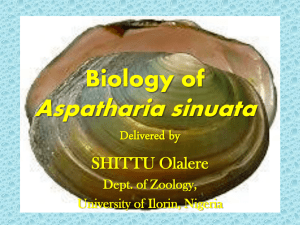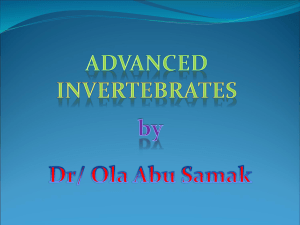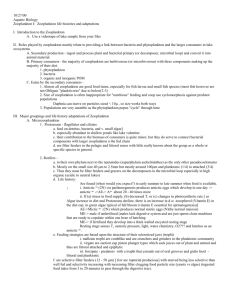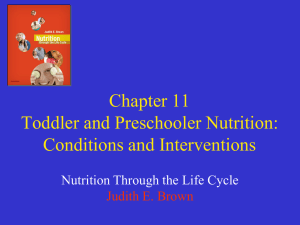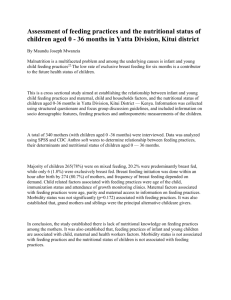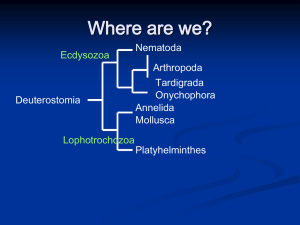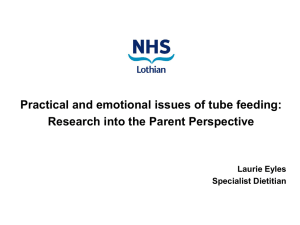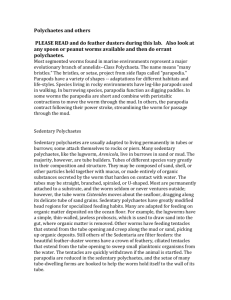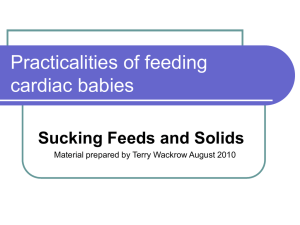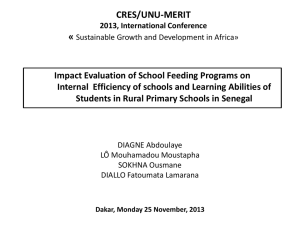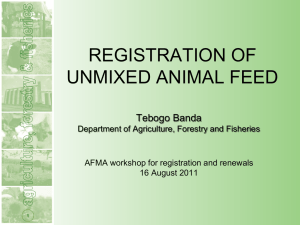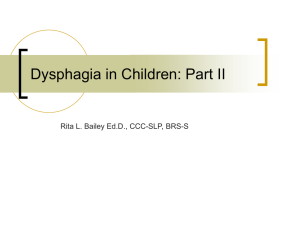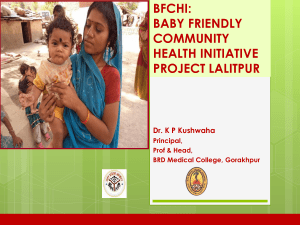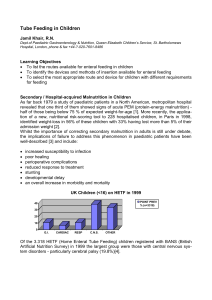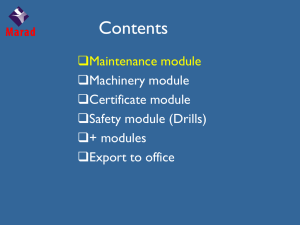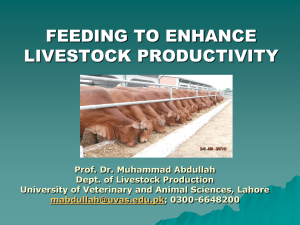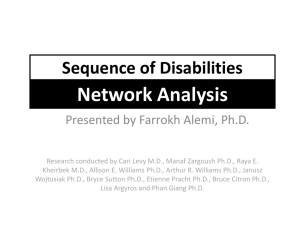الشريحة 1
advertisement
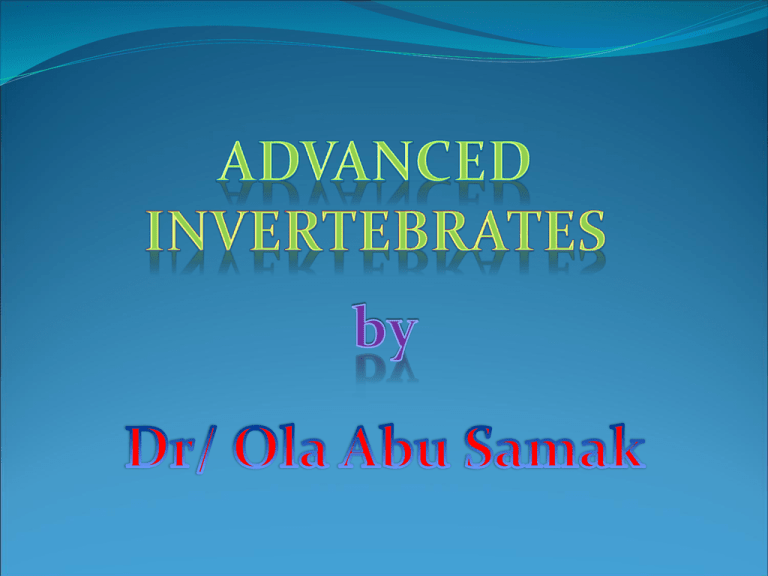
Syllabus Filter Feeding In Polychetes In Molluscs In Deuterosmia In Crustaceans Respiration Physical factors Pigments Gills and Lophophores in Polychetes Gills and Lungs in Molluscs Gills and Trachea in Arthropods Filter Feeding This type is found only in aquatic animals It is disappeared from the terrestrial animals due to the lower density of air It is occurred in small aquatic animals It takes place through special organs Filter Feeding in Polychetes The simple and good examples occur among the polychaetes These worms are free-moving Macrophagous and microphagous Most have an eversible pharynx Pharynx is used for burrowing and feeding Filter Feeding in Polychetes The simple and good example occur in Nereis It produces over its body surface a mucous secretion into a net which protects the surface and forms temporary linings to burrows . Water can pumped through this net. Food particles collect in the mucus secretion in the bag and is swallowed This feeding mechanism have been aided by the presence of head tentacles and palps Filter Feeding in Polychetes The previous structure has given rise in sedentary worms to tentacular outgrowths (gills or branchial crowns) These structures use in respiration but they also use in mechanisms for the collection and sorting of food particles. These structures also produce mucus which distributed over the ciliated surfaces This feeding mechanism have been aided by the presence of head tentacles and palps Filter Feeding in Polychetes The second example occurs in Terebellid worms Ciliary feeding mechanisms occur in the sedentary polychaetes These worms live in permanent tubes in mud Food particles enter the mouth opening by Extending the long ciliated tentacles from the head over the surface of the substratum Food is trapped in mucus and swept along ciliated grooves into the mouth Filter Feeding in Polychetes The second example occurs in Terebellid worms Tentacles are highly mobile They vary at different pointes At one point a tentacle will be flattened to form a zone of attachment Distal of this point the remainder of the tentacle explores the substratum Proximal the attachment point, the surface of the tentacle will be folded to form a ciliated groove in which the food is propelled. Terebellid worms Filter Feeding in Polychetes The third example occurs in Chaetopterus This worm lives in sand or mud a U-shaped tube There is no branchial crown There are three pairs of fans that are modified parapodia Water is drawn through the tube by the beating of these fans There is another pair of outgrowths forms two wings in front of the fans They are pressed against the wall of the tube They secrete mucus Mucus is drawn backwards by cilia in a ventral groove to a conical bag There is a small cup surrounded the conical bag Food particles are strained out by this mucous bag Food particles are rolled up into a pellet in the cup Filter Feeding in Polychetes At intervals the secretory process stops and the cilia in the ventral groove move in reverse Therefore the pellet of food is transported from the cup to the mouth and swallowed.
